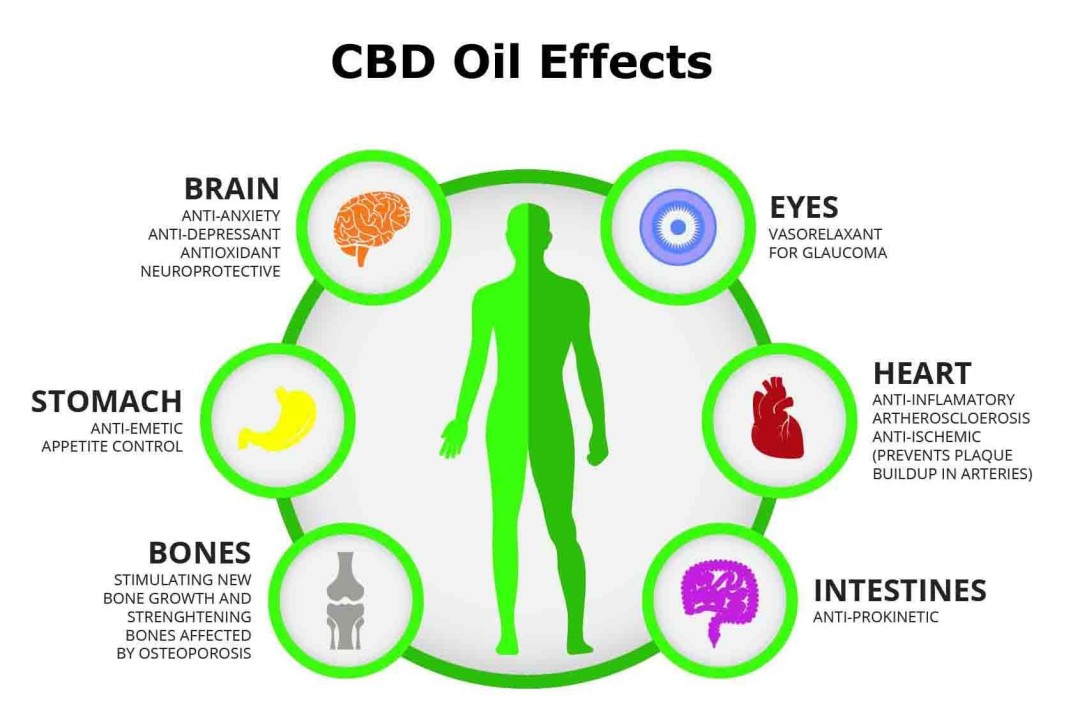Top Guidelines Of Green Dr Cbd
Top Guidelines Of Green Dr Cbd
Blog Article
5 Easy Facts About Green Dr Cbd Explained
Table of ContentsGreen Dr Cbd Can Be Fun For AnyoneThe Facts About Green Dr Cbd RevealedThe Facts About Green Dr Cbd RevealedThe 8-Minute Rule for Green Dr Cbd
The most common conditions for which medical marijuana is used in Colorado and Oregon are pain, spasticity connected with multiple sclerosis, nausea, posttraumatic tension disorder, cancer, epilepsy, cachexia, glaucoma, HIV/AIDS, and degenerative neurological conditions (CDPHE, 2016; OHA, 2016 (mood gummies). We added to these conditions of passion by examining checklists of certifying disorders in states where such use is legal under state regulationThe board is aware that there may be other problems for which there is proof of efficacy for cannabis or cannabinoids (https://greendrcbd.godaddysites.com/f/unlock-the-healing-power-of-green-doctor-cbd). In this phase, the committee will review the findings from 16 of the most recent, good- to fair-quality systematic reviews and 21 main literature posts that best address the board's research inquiries of passion

Light et al. (2014 ) reported that 94 percent of Colorado clinical cannabis ID cardholders indicated "severe discomfort" as a clinical condition. Ilgen et al. (2013 ) reported that 87 percent of participants in their research were looking for clinical cannabis for discomfort relief. In enhancement, there is evidence that some individuals are changing making use of conventional pain drugs (e.g., opiates) with marijuana.
6 Easy Facts About Green Dr Cbd Described
Current evaluations of prescription information from Medicare Part D enrollees in states with clinical accessibility to cannabis suggest a considerable decrease in the prescription of conventional discomfort drugs (Bradford and Bradford, 2016). Incorporated with the study information recommending that discomfort is one of the primary factors for making use of clinical cannabis, these recent records recommend that a variety of discomfort patients are changing making use of opioids with marijuana, despite the reality that marijuana has not been approved by the united state
5 excellent- to fair-quality methodical testimonials were determined. Of those 5 testimonials, Whiting et al. (2015 ) was the most detailed, both in terms of the target medical conditions and in terms of the cannabinoids tested. Snedecor et al. (2013 ) was narrowly concentrated on pain pertaining to spinal cable injury, did not include any researches that used cannabis, and just recognized one study checking out cannabinoids (dronabinol).

What Does Green Dr Cbd Do?
For the purposes of this discussion, the main source of details for the impact on cannabinoids on chronic pain was the review by Whiting et al. (2015 ). Whiting et al. (2015 ) included RCTs that contrasted cannabinoids to normal treatment, a sugar pill, or no treatment for 10 conditions. Where RCTs were unavailable for a condition or end result, nonrandomized researches, including unrestrained research studies, were thought about.
( 2015 ) that was specific to the impacts of breathed in cannabinoids. The strenuous screening technique made use of by Whiting et al. (2015 ) led to the recognition of 28 randomized trials in patients with persistent pain (2,454 individuals). Twenty-two of these tests reviewed plant-derived cannabinoids (nabiximols, 13 trials; plant blossom that was smoked or vaporized, 5 trials; THC oramucosal spray, 3 tests; and dental THC, 1 test), while 5 trials evaluated synthetic THC (i.e., nabilone).
The medical problem underlying the persistent discomfort was usually associated to a neuropathy (17 trials); various other conditions consisted of cancer pain, numerous sclerosis, rheumatoid joint inflammation, bone and joint issues, and chemotherapy-induced pain. Analyses across 7 trials that examined nabiximols and 1 that evaluated the results of breathed in marijuana recommended that plant-derived cannabinoids increase the chances for improvement of pain by approximately 40 percent versus the control problem (chances ratio [OR], 1.41, 95% confidence period [CI] = 0.992.00; 8 trials).
Only 1 test (n = 50) that analyzed breathed in cannabis was consisted of in the effect size approximates from Whiting et al. (2015 ). This research (Abrams et al., 2007) Suggested that marijuana decreased pain versus a sugar pill (OR, 3.43, 95% CI = 1.0311.48). It deserves noting that the result size for breathed in marijuana follows a separate recent review of 5 tests of the impact of inhaled marijuana on neuropathic pain (Andreae et al., 2015).
Green Dr Cbd Can Be Fun For Anyone
There was likewise some evidence of a dose-dependent effect in these studies. In the addition to the evaluations by Whiting et al. (2015 ) and Andreae et al. (2015 ), the committee recognized two extra studies on the result of marijuana flower on acute discomfort (Wallace et al., 2015; Wilsey et al., 2016).
These 2 studies are regular with the previous reviews by Whiting et al. (2015 ) and Andreae et al. (2015 ), recommending a decrease in pain after marijuana management. In their testimonial, the committee discovered that just a handful of studies have evaluated the usage of cannabis in the United States, and all of them reviewed cannabis in flower form provided by the National Institute on Drug Misuse that was either vaporized or smoked.
Report this page